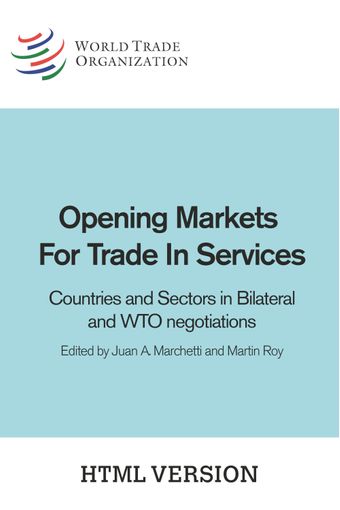Air transport liberalization: A world apart

- De: Pierre Latrille
- Source: Opening Markets for International Trade in Services , pp 9-9
- Publication Date: enero 2009
- DOI: https://doi.org/10.30875/6f67d5d9-en
- Idioma: Inglés
International air transport has traditionally been the subject of extensive regulatory controls. Imagine a world in which prices, the number of seats, the number of flights, the types of aircraft, and the cities to be served are all decided by agreements between states, in which no third-party competition exists, in which strict national ownership rules are applied, and in which the only unknown parameter for airlines is the number of passengers who will turn up in the end. This is the “Bermuda II” type of agreement, which served as the model for the organization of the post-war international air industry, and whose features, only partially “eroded” over the years, still largely underpin the regulatory framework of the sector.
Ebook ISBN:
9789287046673
Book DOI:
https://doi.org/10.30875/615f51f1-en
Related Topics:
Services
-
From This Site
/content/books/9789287046673s009-c007dcterms_subject,pub_countryId-contentType:WorkingPaperSeries -contentType:Periodical -contentType:BookSeries -contentType:ReportSeries105
/content/books/9789287046673s009-c007
dcterms_subject,pub_countryId
-contentType:WorkingPaperSeries -contentType:Periodical -contentType:BookSeries -contentType:ReportSeries
10
5


